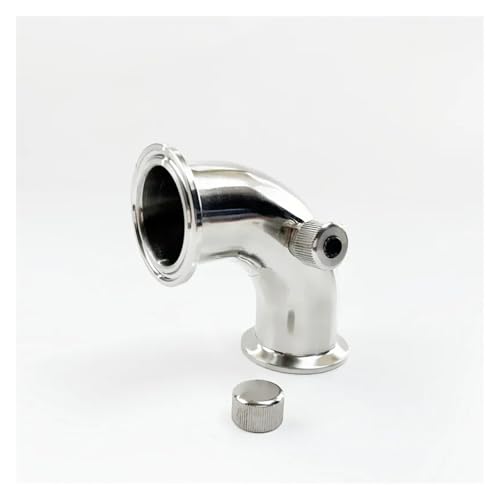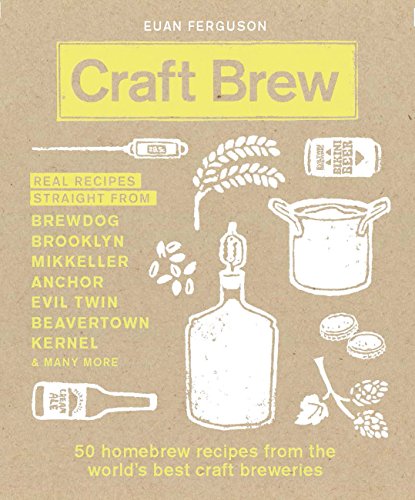- Joined
- Oct 13, 2020
- Messages
- 1,642
- Reaction score
- 1,041
Seen a few things recently about commercial breweries not doing whirlpool/hopstands...at least not in the same way as us home brewers do. Us home brewers lower our kettle temp to 80 degrees or lower before adding the hops and steeping for a period of time. However it turns out that alot of commercial breweries, though they may do some steep time, they dont tend to bother reducing temp to 80 degrees or lower. They just turn off the heat at the end of the boil and chuck in the hops for steeping...and in the case of large capacity breweries were it might take some time to empty the kettle they might not do any steep time at all due to the high transfer time giving the hops plenty of steep time. Apparently adding the hops at the higher temp doesnt pull any significant IBU's and still imparts the aromatics and flavours that you're after in a hopstand/flameout addition. Just curious as it would simplify and reduce the time of a brewday.
I looked to Brulosophy to see if they had done an exbeeriment on it. They do have an exbeeriment on hopstand time and it turns out the hopstand time made no noticeable difference to the flavour of the resulting beer, but that was still at a reduced steep temperature.
And saw a recent vid with Malt Miller and Track and they were not bothering with the whirlpool addition at all and instead using the hop dipping method where you add hops to the fermenter and transfer a portion your wort at post boil temps onto the hops at a higher temperature, before turning on the chiller and transferring cooled wort on top, though in this case they were using a liquid hop extract instead of actual hops.
Anyone experimented with this? I must admit I have one the years varied the hopstand/whirlpool steep time and cant say I've noticed any difference.
I looked to Brulosophy to see if they had done an exbeeriment on it. They do have an exbeeriment on hopstand time and it turns out the hopstand time made no noticeable difference to the flavour of the resulting beer, but that was still at a reduced steep temperature.
And saw a recent vid with Malt Miller and Track and they were not bothering with the whirlpool addition at all and instead using the hop dipping method where you add hops to the fermenter and transfer a portion your wort at post boil temps onto the hops at a higher temperature, before turning on the chiller and transferring cooled wort on top, though in this case they were using a liquid hop extract instead of actual hops.
Anyone experimented with this? I must admit I have one the years varied the hopstand/whirlpool steep time and cant say I've noticed any difference.









































